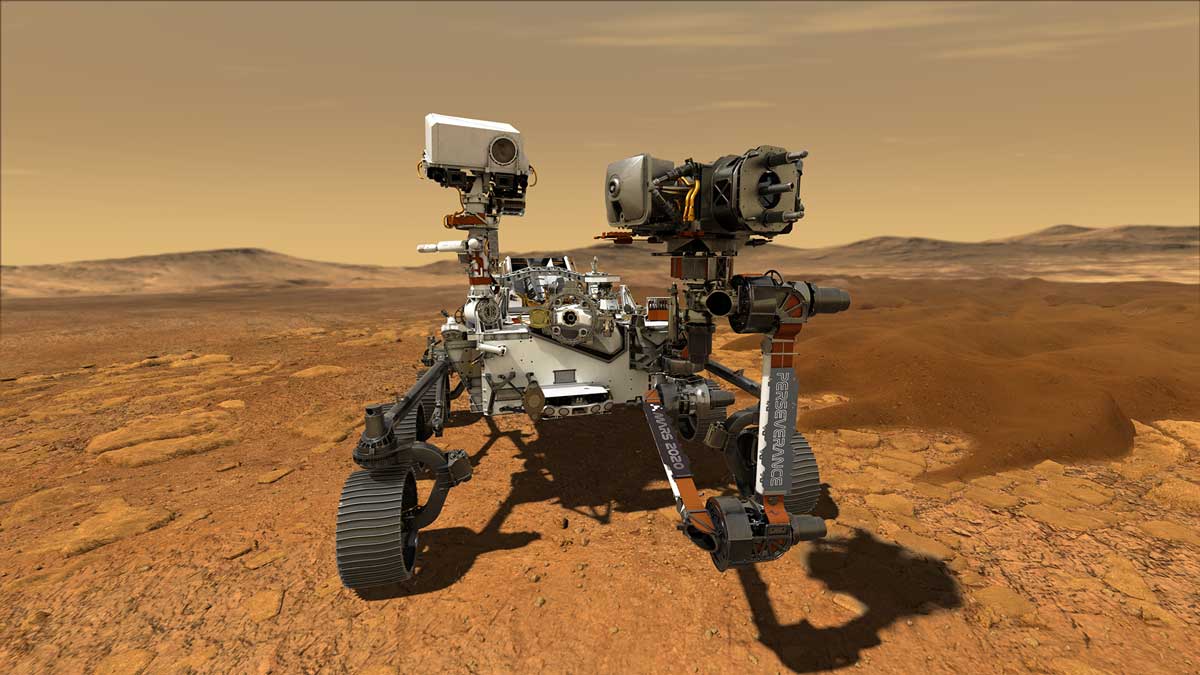In July 2020, a number of space missions to Mars (also known as the Red Planet) took place.
Countries such as the USA, Russia, India, United Arab Emirates (UAE) and China all invested huge amounts of money into these missions, hoping to ?nd new information and answer questions such as ‘Is life possible on Mars?’ and ‘Has there ever been life on the Red Planet?’
At present, a total of six spacecraft are currently orbiting Mars (three American, two European and one Indian), while two US spacecraft (Mars rovers) are operating on the surface of the planet.
The Hope Spacecraft (UAE)

The UAE Space Agency, MBRSC, launched its first mission to Mars on July 19, from the Tanegashima Space Centre in Japan. Named the Hope Probe, or Al Amal in Arabic, the probe is expected to arrive and orbit the Red Planet by the end of February next year, coinciding with the 50th anniversary of the UAE's formation.
Tianwen-1 Probe (China)
.jpg)
Just four days later, on July 23, China launched its ?rst unmanned probe to Mars, named Tianwen-1. This contains an orbiter, lander and rover and, if it proves successful, will become the ?rst space mission in the world to achieve orbiting, landing and roving in its ?rst attempt. It is expected to land in next month.
Perseverance Rover (USA)

To complete a hat-trick (3 successes close together) of July Mars missions, NASA launched its fourth rover, Perseverance, also destined for Mars in February 2021.
The one-tonne, six-wheel rover will study a region of Mars called Jezero Crater, which satellite images suggest held a lake billions of years ago. Its mission is to look for past or present signs of life and investigate whether humans could one day live on the planet.
_________
PERFECT TIMING
Although this trio of Mars missions seems like a new ‘race to space’, there was a scienti?c (and economic) reason for a July 2020 launch.
Every 26 months, Earth and Mars move closer together. When this happens, it allows for the quickest and most e?cient (and cheapest) journey from Earth to Mars. This period only lasts around 6-7 weeks and if missions were to miss this window, they would have to wait until 2022 to travel.
This is why another 2020 mission to Mars, planned by the European Space Agency (ESA) and Russia's Roscosmos space agency, was postponed for two years due to the coronavirus pandemic. The mission had planned to land the ExoMars rover Rosalind Franklin in February 2021, but must now plan for an April 2023 touchdown.